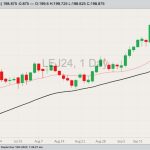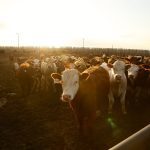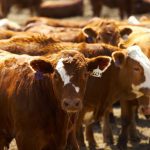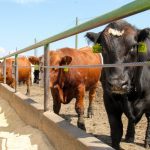
Ontario corn yields increased; U.S. yields lowered
Weaker Canadian dollar, stronger biofuel prices supportive for Ontario corn and soybean markets

Klassen: Feeder market falters at record highs
Risk premiums in market seen eroding

Klassen: Lower beef production forecasts support feeder complex
Major feedlots seen aggressive on quality calves

Klassen: Stronger live cattle futures enhance feeder demand
Feeder cattle supplies look to be lower than anticipated

Export demand improves for Ontario soybeans
Soybeans yields look good and crush margins favour soybeans over canola

Klassen: Feeder market continues to consolidate
U.S. feeder cattle supplies seen tighter than expected

Klassen: Feeder market shrugs off lower barley production
Barley exports, domestic demand expected to be reduced

Corn crop projection increased
Wheat market at seasonal low, and moving wheat out of Russia is becoming more difficult

Klassen: Calf numbers down in Western Canada
StatCan figures a surprise to the trade

Klassen: Feedlots aggressively secure ownership
StatCan cattle inventory report due out soon

